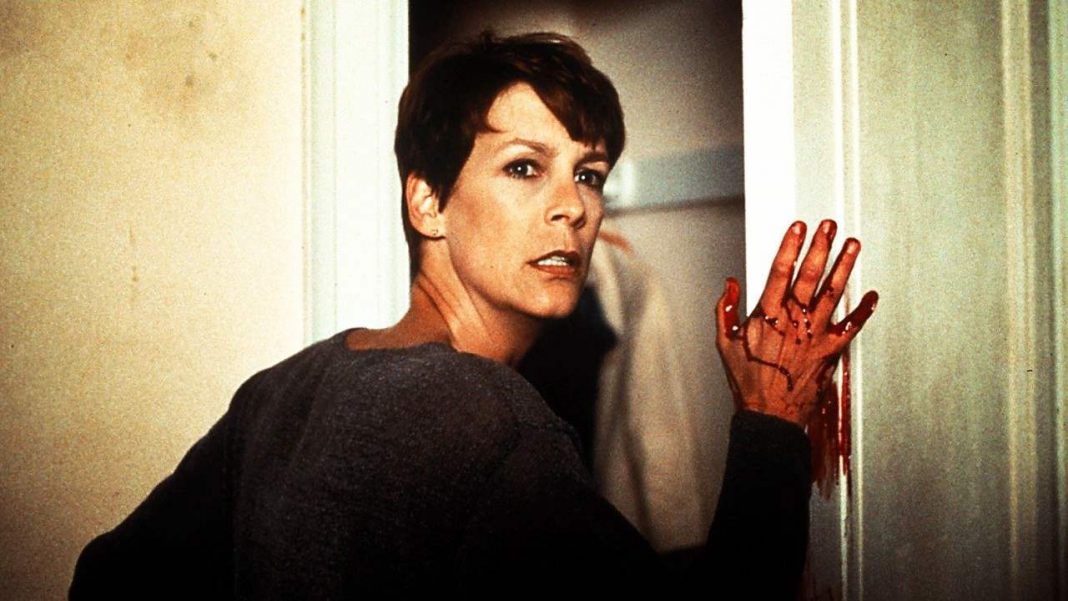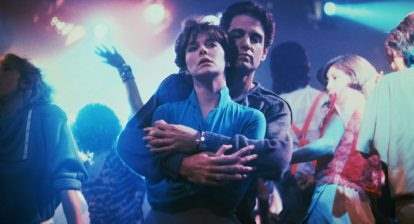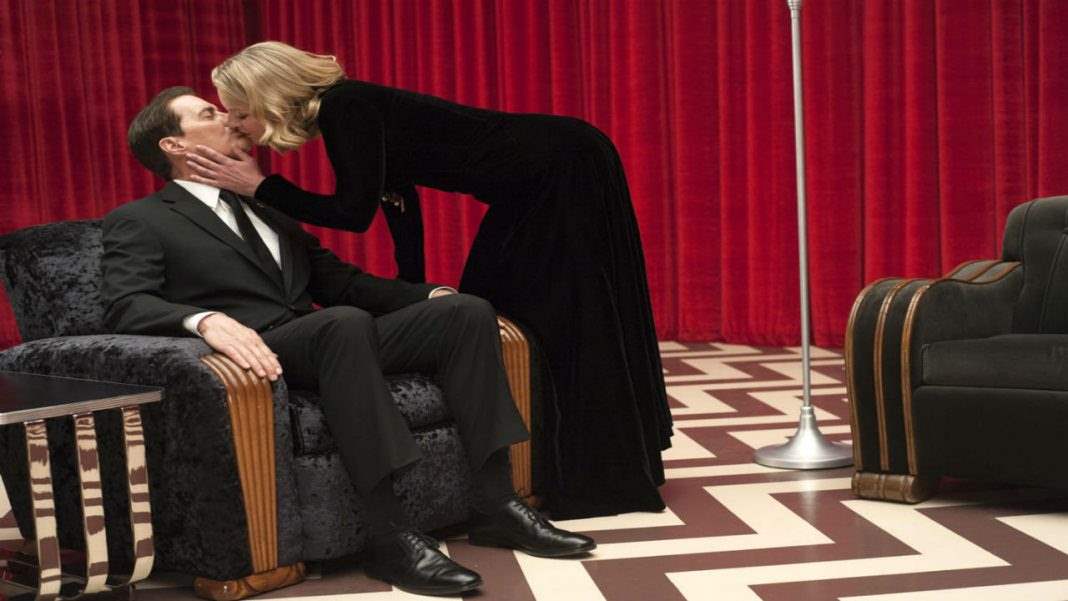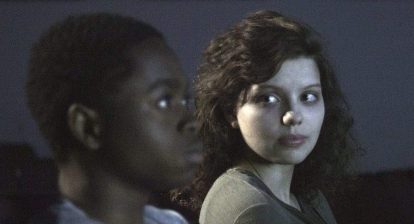The Halloween franchise took many twists and turns as it spawned sequel after sequel through the 1980’s. Halloween II followed up the original as closely as possible, Halloween III took things in an entirely new direction that didn’t gel with audiences at the time. Halloween 4 picked up ten years after the first and carried on the Michael Myers story, but the series quickly became convoluted after that, introducing new characters and new plot lines that strayed further and further from where the series had started in 1978.
After Halloween: The Curse of Michael Myers in 1995, there was virtually nowhere left to go. It took the story in wild new directions and, on top of that, didn’t make much money. It didn’t really work in what it set out to do, which naturally left the future of the franchise in question.
There was a good shot, after that, that the next entry would be straight to video—a route that Miramax would eventually take with the Hellraiser series–if there was any next entry at all. At this point, it was looking pretty grim.
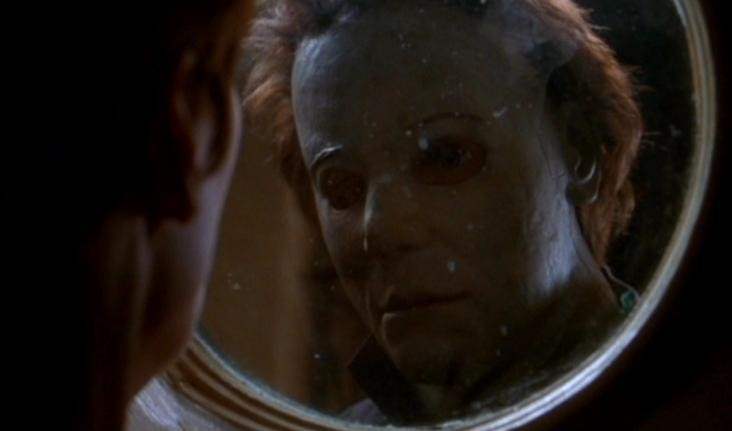
Halloween H20: 20 Years Later was a fresh start, ignoring the previous four entries but being nonetheless mindful of the continuity of 4, 5 and 6. Considering that Laurie supposedly died between Halloween II and 4, the fact that she faked her death and is living under a new identity is a large part of the story here.
Still, there are a lot of ways that Halloween H20 could have failed. It was made in the late 1990’s, post-Scream, which had given birth to an entirely different type of slasher movie. And while H20 feels like a product of its era, that does not hinder the film. It has a witty script with snappy dialogue that easily could have made it obnoxious.
 It could have simply been an event movie selling people on Jamie Lee Curtis’ return to the franchise if nothing else. Much of what went in to making this project at the onset feels more like what would now be considered a studio reboot.
It could have simply been an event movie selling people on Jamie Lee Curtis’ return to the franchise if nothing else. Much of what went in to making this project at the onset feels more like what would now be considered a studio reboot.
This was a much more surprising move for the late 1990’s, and Halloween H20 was anything but a quick cash-grab. More than maybe any of the sequels, this was made out of a respect for the original and everything it had accomplished. In a rare move for the seventh entry in a slasher franchise, Halloween H20 is a character piece.
Lengthy portions of it feel more like a drama than a horror film, as Laurie Strode—now Keri Tate—continues to struggle with the trauma of her youth after twenty years. She has never recovered from what happened, instead she is constantly looking over her shoulder. Even her son has suffered for it, acting as her caretaker when it should be the other way around.
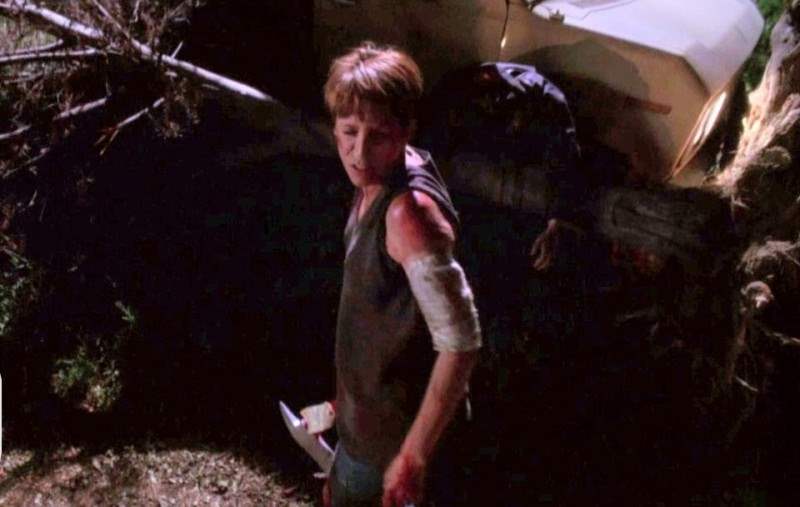
Laurie is a beaten-down, almost broken woman and her arc over the course of the film is impressive. At the beginning, she struggles with day to day life and is still completely affected by what happened. More than anything, Halloween H20 is about the idea that the only way to overcome the past is by facing it head-on.
This is perfect character development for someone like Laurie who fought to escape her attacker, then kept running for years and years after the fact. There’s a moment in the third act when Laurie smashes the school’s gate and locks herself in with Michael, just as the iconic theme music begins to play. The tables have turned here. Now Laurie is stalking the shape, and not the other way around. It’s a perfect, empowering moment.
Stylistically, there’s also a lot of care put into making H20 look like the original film. Director Steve Miner returns to wide lenses and similar color choices, and the cinematography is so clearly influenced by Dean Cundey that he might as well have just done it himself. These things prove that the movie is a heartfelt and sincere attempt to recapture what made Carpenter’s Halloween great.
 While it is a little gorier than that film was, it certainly shows restraint and has a much smaller body count than the sequels preceding it. A lot of care went into this production, even if most people don’t see it.
While it is a little gorier than that film was, it certainly shows restraint and has a much smaller body count than the sequels preceding it. A lot of care went into this production, even if most people don’t see it.
While it was a critical and financial success in the summer of its release, most Halloween fans have distaste for H20, with the major complaints being that it ignored the series’ ongoing plot to tell its own story, and that it doesn’t feel much like the holiday itself. The latter concern is certainly valid, but the feature is set in California instead of Haddonfield, Illinois like the other entries. Without the small town atmosphere and changing colors, it is hard to invoke a traditional Halloween atmosphere. But it succeeds in all other areas.
Halloween H20 takes too much criticism for what it isn’t and is not appreciated enough for what it is. This is a strong and compelling sequel that respects and comments on its origins, without once resorting to parody or satire. It deserves more credit than it’s gotten as of late, especially when considering that it succeeds so admirably at the things it set out to do.
